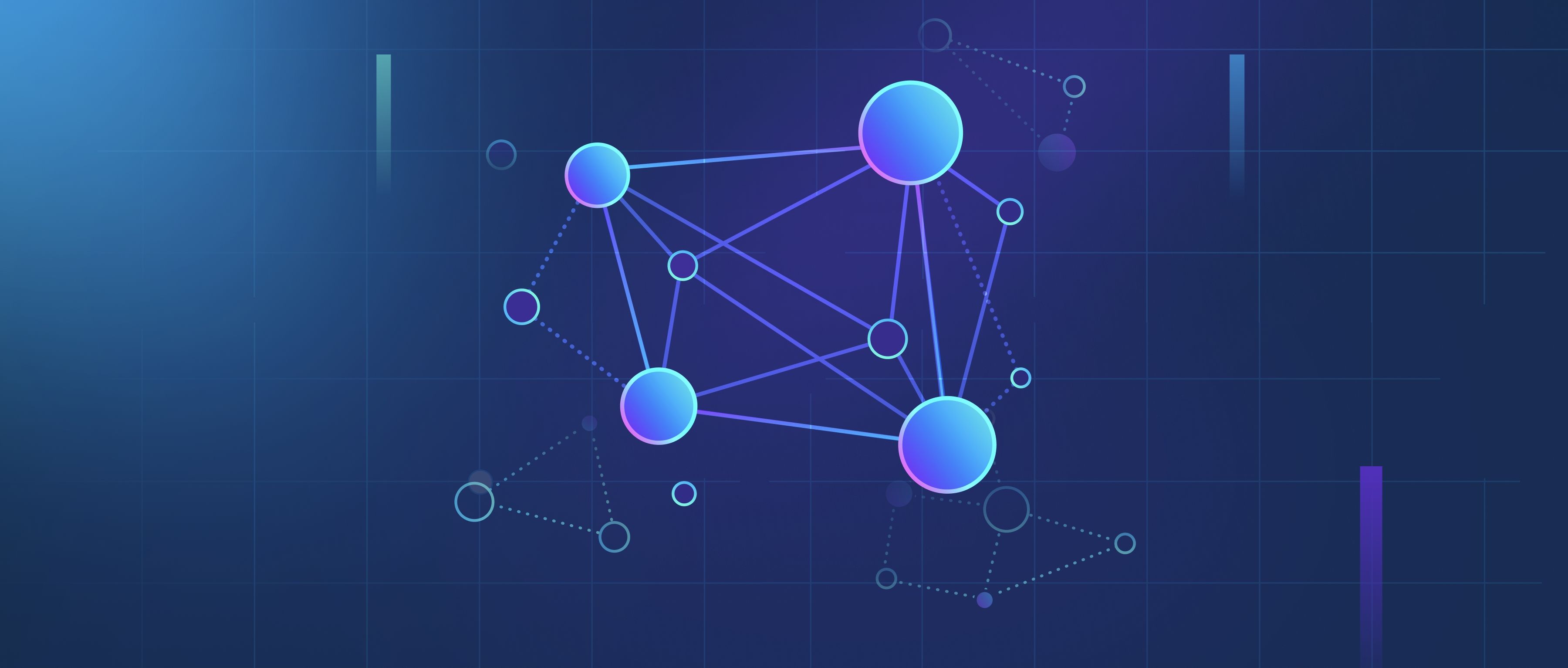GPT-4 has a maximum token limit of 8,192 tokens for its standard version, while some specific models, particularly for specialized use cases, have an extended limit of 32,768 tokens. Tokens can represent words, characters, or parts of words, so the number of tokens does not directly equate to a fixed number of words. For instance, the sentence "Hello, world!" is counted as three tokens: "Hello", ",", and "world". This flexibility means that the number of words you can feed into the model varies based on the complexity and length of the words used.
Understanding the token limit is essential for developers creating applications that utilize GPT-4. If your text exceeds the token limit, the model will truncate the input, potentially leading to incomplete or unexpected results. This scenario often occurs in conversational applications where user inputs may become lengthy or when processing large datasets. To avoid issues, developers can implement strategies like breaking the input into smaller chunks, summarizing content before feeding it into the model, or using prompts that emphasize key points to stay within the limit.
When designing applications using GPT-4, it's also crucial to manage how tokens are counted effectively. Developers can utilize tools or libraries that provide tokenization functionalities to help analyze and control token usage. For example, using libraries like Hugging Face’s transformers, developers can easily preprocess text to understand how many tokens their content will generate. This practice aids in ensuring that the input stays within the model’s limits, providing smoother interactions and more reliable outcomes when using GPT-4 for various tasks.
